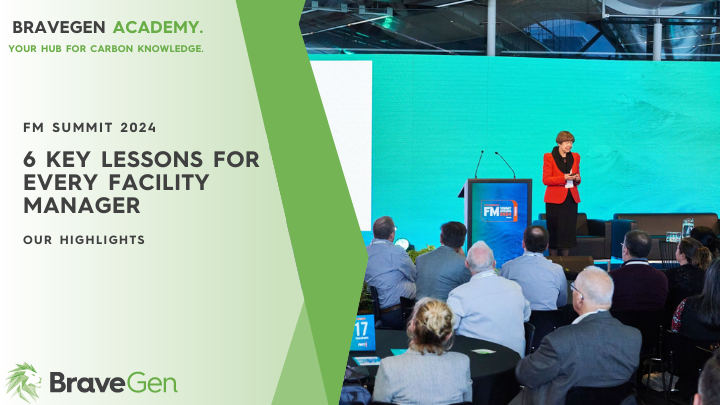3-Workforce demographics and collaboration.
The summit also addressed the looming workforce demographic shift, where more people are exiting the workforce than entering.
This reality means facilities managers need to be more strategic about engaging younger generations and adapting to their work preferences. For instance, many young people may not even be aware of what facilities management involves.
Facilities managers could create outreach programs in schools or collaborate with universities to introduce students to the profession. They could also highlight how the role impacts sustainability—something many young people are passionate about—by showcasing projects like energy-efficient buildings or smart technology that reduces carbon footprints.
The conversation also touched on tailoring practices to the cultural perspectives of both younger and older generations. With an aging workforce and fewer young professionals entering the field, facilities managers must understand how younger people view the world differently.
For example, older generations might prioritise reliability and routine, while younger professionals may value innovation and flexibility.
To bridge this gap, facilities managers could introduce mentorship programs where older workers share their expertise, while younger workers bring in fresh perspectives on digital tools like AI and sustainability practices, encouraging cultural shifts within the profession.
4-Gas supply and decarbonisation.
Jeff Smit from Deta discussed the growing challenge around gas supply and demand. “This year alone, gas demand exceeded capacity by 10%, and future availability remains uncertain,” said Smit.
He also alerted that facilities managers were urged to plan for decarbonisation now, as moving off gas requires not only new infrastructure like heat pumps but also a reliable electricity supply.
Smit’s advice? Start planning early. Transitioning off gas isn’t as simple as flipping a switch. Many companies are tied into long-term gas contracts, which means you can’t just make the shift overnight.
"Planning early is essential for identifying the sites and assets using gas, analysing usage patterns, and drafting an electrification plan to replace gas infrastructure," noted Smit.
There are several factors to consider—such as lead times for procuring replacement assets, which can take over a year due to supply chain disruptions and negotiating new electricity contracts to accommodate increased demand.
Being proactive helps avoid delays, manage costs, and ensure you're ready when those gas contracts expire.
As Smit points out, the cost of infrastructure upgrades like new transformers could range anywhere from $50,000 to $50 million depending on the project. By preparing in advance, you'll be better positioned to manage these costs and timelines.
5-Creating future-ready buildings.
Dr Dominic Brown, Head of International Research from Cushman and Wakefield, discussed building obsolescence, warning that 20% of buildings are in good shape, 60% need repositioning, and 20% will become unusable without significant investment.
Facilities managers need to focus on creating enticing and modern workplaces to attract tenants and retain value in their portfolios.
Brown also stressed the importance of creating workspaces that are easy on the eyes, offer privacy, and integrate frictionless technology to boost employee productivity and engagement.
6- The role of Facilities Managers in sustainability.
The final lesson was about collaboration and partnerships for decarbonisation. The realisation? Facilities managers hold significant power in driving sustainability efforts. The speakers underscored that with better data collection, improved stakeholder communication, and a focus on the younger generation, facilities managers can be at the forefront of sustainability in the built environment.
As we look forward to the next FM Summit, the key takeaway is clear: facilities managers must embrace data, new technologies, and collaboration to thrive in a rapidly changing world.
The challenges of air quality, decarbonisation, and demographic shifts are significant, but the tools to tackle them are within reach.
What's next for FMs?
With a focus on sustainability and engaging the next generation, the FM industry is at a crossroads. If you’re ready to take your facilities management strategy to the next level, it’s time to embrace the changes ahead and lead the way toward a more sustainable and efficient future.
For more insights on future-proofing your facilities management strategy, explore the BraveGen platform or dive into our latest case studies.
Discover how companies like Webstar, one of New Zealand’s largest commercial printers, achieved nearly 8% energy reduction and saved $54k in the first 12 months using BraveGen’s data-driven sustainability solutions.
If you're ready to take the next step, contact us today to see how our solutions can help you optimise your operations and drive meaningful change in your organisation.


